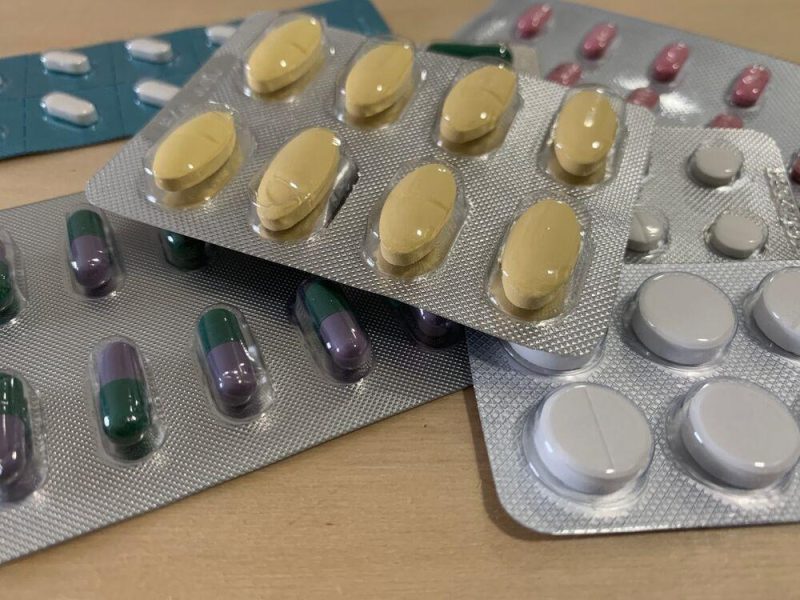By Anthony Hennen | The Center Square
(The Center Square) – As drug overdose deaths have grown across Pennsylvania in recent years, so has government spending on addiction treatment. Just how much that price tag is, however, isn’t clear.
In the General Assembly, a Senate resolution could provide clarity. Senate Resolution 352 would direct the Joint State Government Commission to study how the Department of Human Services calculates payouts for drug and alcohol addiction treatment centers. It is sponsored by Sen. Michele Brooks, R-Greenville.
The study would focus on four areas: explaining how funds are sent out to managed care groups, the process of collecting cost-reporting data that determine reimbursement rates, verifying the data on the county level, and looking at spending and policies in managed care organizations.
The resolution is concerned with capitation funding levels, or the fixed amount of money per patient for providing health care services.
Pennsylvania has been one of the hardest-hit states for overdose deaths in recent years, with fentanyl displacing heroin in the illegal market and almost 5,400 Pennsylvanians dying of an overdose in 2021, as The Center Square previously reported.
In response, lawmakers have decriminalized fentanyl test strips and made it easier to buy the anti-overdose drug naloxone, with about 36,000 doses being bought across the commonwealth since 2020.
The Department of Human Services also provides resources for substance abuse services, which are administered at the county level. Those services can be covered under the state’s Medicaid program, which has been a growing area of the state budget.
In recent years, Medicaid expansion has grown by hundreds of thousands and added more than $5 billion annually to the state burden, though many do not qualify for the benefits, as The Center Square previously reported. One-third of the Pennsylvania budget now goes to Medicaid spending.
How, exactly, that spending has grown can be unclear with reimbursement rates that go through third-party groups, and the resolution is motivated by a search for clarity on cost problems.
“Financing drug and alcohol addiction treatment and care coordination is complex, and it is unclear how funding allocated to these programs by the General Assembly is being directed toward reimbursing providers that support increasing access to care and making quality-based program improvements,” the resolution noted.
